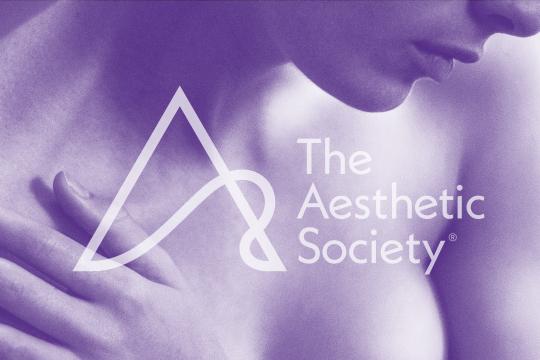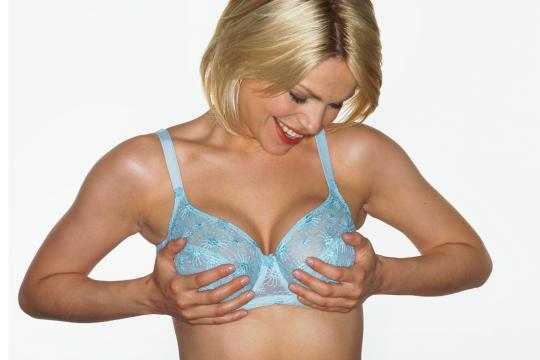
It’s hard not to admire a successful partnership, no? When two things work together seamlessly, like salt and pepper, pizza and pineapple (arguing with me on this is fruitless), and liposuction and breast reduction
You: Well, that’s a odd transition.
Me: Yes, yes it is. But new advances are making it nonetheless true.
Breast reduction surgeries are no stranger to liposuction. In fact, the two procedures have been used in tandem since the 1980s. But like many surgical techniques that have been successfully and safely integrated, liposuction + breast reduction has had its drawbacks, particularly in the areas of upper-pole fullness (the curve in the upper chest that creates a nice décolletage), preservation of the blood supply, and in retaining sensitivity around the nipple and areola.
But that was then. This is now—and now includes an updated liposuction technique in your plastic surgeon’s arsenal. A technique called power-assisted liposuction mammaplasty (PALM) is being used with certain procedures to give surgeons more control and increased precision during breast reduction surgeries—and control and precision are two things you want your doctor to be in ample supply of, am I right?
According to an article published in the Aesthetic Surgery Journal, PALM also offers up a decreased chance that patients will experience any of the aforementioned drawbacks and enjoy a full and complete recovery.
But you don’t have to take our word for it. The brave at heart can click the link above—but please sit down before you do, the accompanying breast reduction photos are graphic enough to make your hair curl. Be warned. Or you can just stick with us while we dole out the details. You’re welcome.
In a power-assisted liposuction surgery, a special, smaller and vibrating cannula is used to suction the fat out of the breast. The vibration helps loosen the fat before removal, making it easier to suction out and the smaller cannula offers the surgeon more precision.
According to the study cited, PALM was used in tandem with the breast reduction procedures of women with overly-large, extremely sagging breasts—some hanging nearly to the navel. After the glands of the breast were turned 180 degrees to creating more lift and volume at the upper part of the chest, power-assisted liposuction is used to help remove the excess mass that was initially weighing the breast down. The study shows that utilizing PALM reduces that amount of bruising and reduces recovery time for the patient. Which is a bonus. Because the vibration of the cannula makes for easier removal of the fat, the breast tissue maintains blood flow during the procedure as well. Double Bonus. And perhaps the most exciting bonus of all—using PALM helps preserves nipple sensitivity. So many bonuses, eh? Let’s peek into these bonuses further, shall we?
The study concludes that “PALM is a safe and reliable option for breast reduction and is indicated for patients with massive breast ptosis [sagging].” Which means that it’s worth discussing the merits of a power-assisted liposuction mammoplasty with your board-certified plastic surgeon if you’re considering breast reduction surgery.






